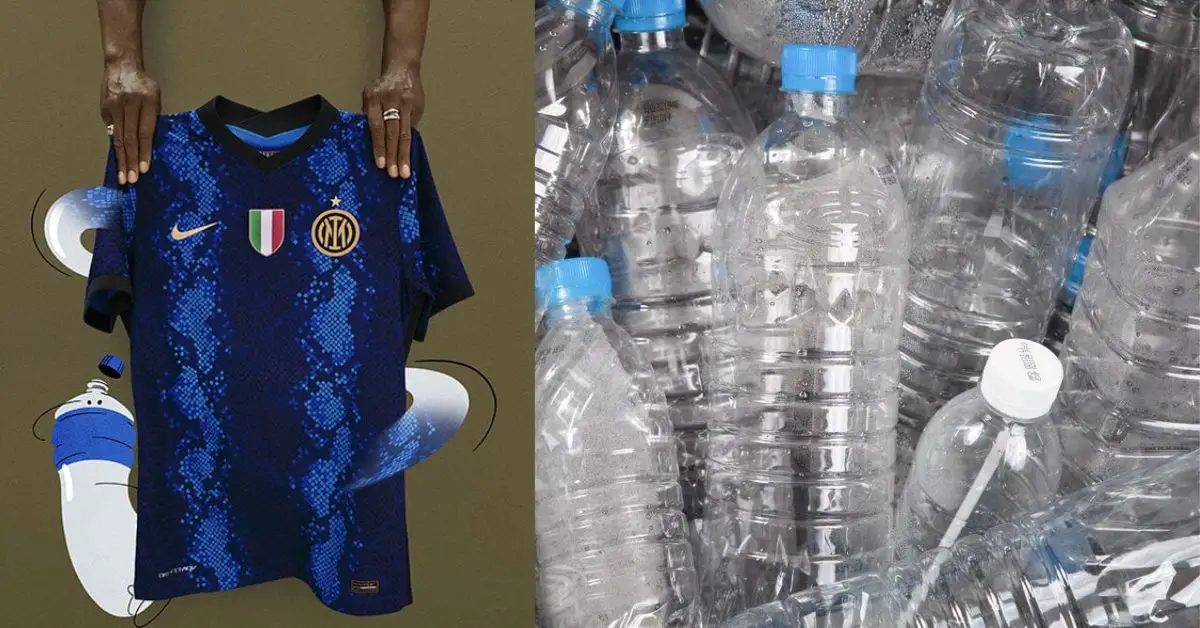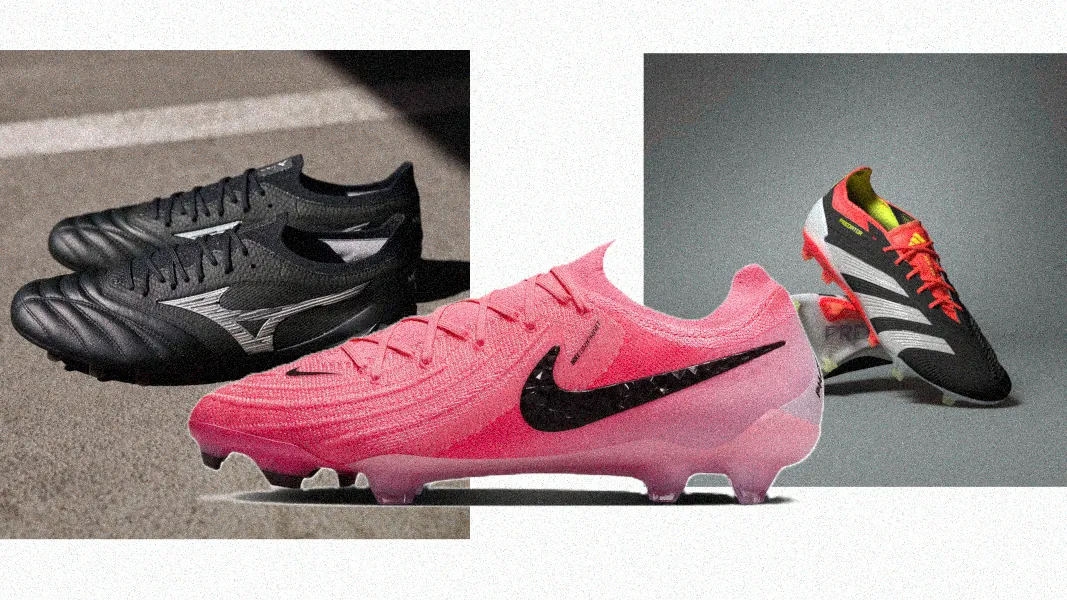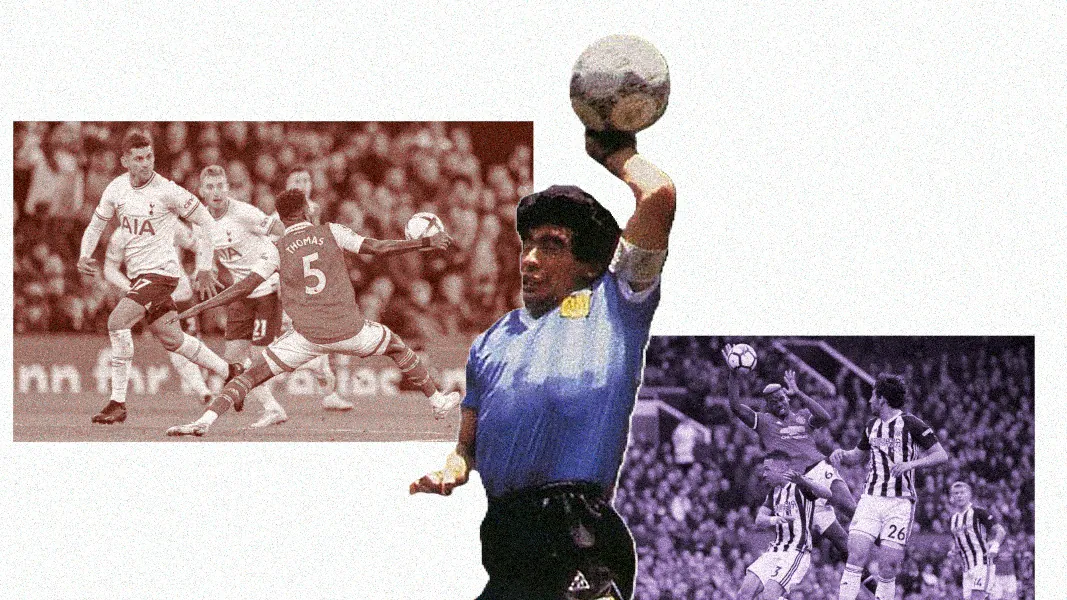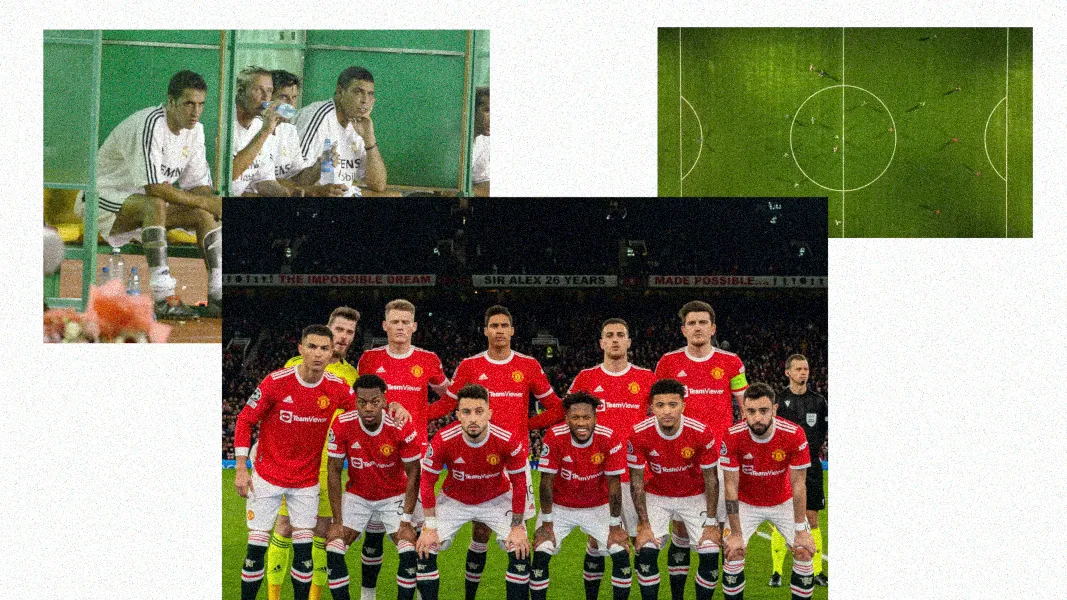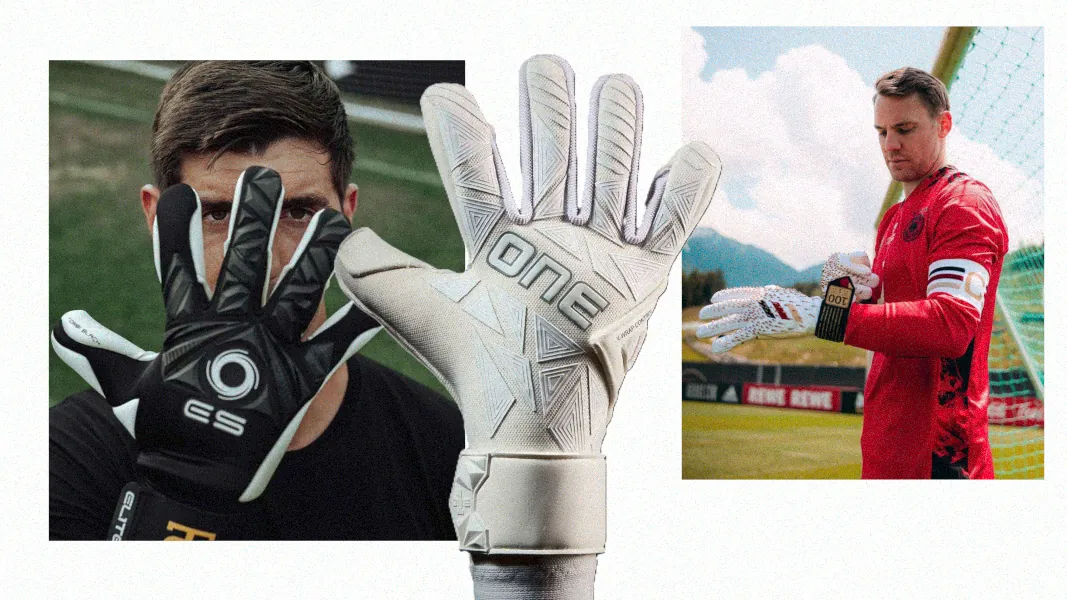Soccer jerseys are more than just colorful outfits on the field. Have you ever wondered, What are soccer jerseys made of?
The majority of the soccer jerseys are made from Polyester. While all these soccer jerseys are made from Polyester, not all polyester is used to make the soccer jersey.
In this article, we’ll dive into the process and modern ways of these soccer jerseys. From new materials and technology.
Understanding Soccer Jersey Materials
Soccer jerseys are more than just sporty fashion statements—they’re engineered with specific materials to boost player performance. The primary material used in most soccer jerseys is polyester.
This choice isn’t random; polyester is a lightweight and breathable fabric that wicks away moisture. During a match, players sweat, and that’s where the magic of polyester comes into play.
It pulls sweat away from the body, allowing it to evaporate quickly. This keeps players feeling cooler and drier, which is crucial for maintaining focus and energy on the field.
But that’s not all. Soccer jerseys often feature mesh panels strategically placed in areas like under the arms or along the sides. These panels are there to improve ventilation, allowing fresh air to circulate and heat to escape.
Incorporating Performance-Enhancing Elements
Soccer jerseys aren’t just about materials; they also come packed with features that give players an extra edge. One such element is the addition of elastane or spandex. These stretchy materials might sound familiar from your workout clothes, and they serve a similar purpose here.
Elastane or spandex is blended into the fabric to provide that essential flexibility for players’ movements. Whether it’s a powerful kick or a quick change in direction, the stretchy fibers allow the jersey to move with the player, without feeling restrictive.
Another impressive feature is the method used to apply designs, logos, and numbers to the jersey. Heat transfer or sublimation printing is the secret behind those sharp graphics you see on the field.
Unlike older methods that might compromise the fabric’s properties, this modern technique ensures that the jersey’s breathability and comfort remain intact. So, players can proudly sport their team’s colors without sacrificing performance.
But that’s not all—anti-odor treatment is another trick up the jersey’s sleeve. Playing soccer is sweaty work, and sweat can lead to unwanted odors. To combat this, some jerseys are treated with special anti-odor technologies.
These treatments help prevent the buildup of unpleasant smells caused by sweat and bacteria, ensuring that players stay fresh throughout the match.
Crafting for Comfort and Durability
Soccer jerseys are more than just flashy outerwear; they’re engineered for both comfort and durability, ensuring players can give their best performance while feeling at ease.
Seams and stitching might seem like small details, but they make a big difference. High-quality jerseys use flatlock stitching and minimize the number of seams. This design approach prevents chafing and irritation, allowing players to focus on the game instead of uncomfortable fabric rubbing against their skin.
Fit and cut are equally crucial. Soccer jerseys come in various fits, catering to different player preferences. Whether a player prefers a snug, athletic fit or a more relaxed style, the cut is carefully considered to accommodate the unique movements required on the field.
These features combine to create a jersey that feels like a second skin—allowing players to move freely, stay comfortable, and focus solely on the game.
Liverpool’s Eco-Friendly Premier League Victory: Kits from Recycled Plastic
In a remarkable fusion of sports and sustainability, Liverpool clinched the Premier League title in the 2020/21 season, donning kits that epitomized a greener approach to sportswear. These kits, crafted by Nike, were woven from a surprising source – recycled plastic bottles.
Each of Liverpool’s jerseys from that triumphant season emerged from the cocoon of up to 18 repurposed plastic bottles.
The metamorphosis was part of Nike’s Move to Zero initiative, a commitment that led to the creation of the team’s 2020-21 strips using 100 percent recycled polyester. This eco-conscious philosophy extended even to the jerseys adorning the fervent fans.
But these kits were no mere relics of waste. The Reds’ home, away, and third jerseys, despite their origins, encapsulated cutting-edge technology, offering cooling attributes and optimal breathability for players and supporters alike.
However, the sustainability narrative didn’t end with the threads; it spanned the production cycle as well. The process was intertwined with climate-conscious logistics, with Nike’s logistics hub in Belgium being energized entirely by renewable sources, aligning with the goal of combating climate change.

Since 2010, Nike’s commitment to eco-friendly practices has translated into repurposing a staggering seven-and-a-half billion plastic bottles into the very fabric that adorns soccer shirts, showcasing that winning isn’t merely about trophies, but about pioneering a sustainable legacy.
Different Soccer Kit Technology Explained
There are different types of technology in soccer kits used by different manufacturers like Nike, Adidas, and PUMA. We are explaining a few famous ones in this section:
Nike Dri-FIT: Elevating Comfort in Soccer Apparel
At the forefront of performance-enhancing sportswear lies Nike Dri-FIT, a specialized fabric that’s become synonymous with comfort and dryness in official Nike soccer attire. This innovative microfiber polyester fabric orchestrates a sweat-defying symphony – coaxing moisture away from the body and onto the fabric’s surface, where it gracefully evaporates.
The tale of Nike Dri-FIT isn’t a recent one; it’s a narrative that has etched its presence in the sportswear realm for quite some time. This technology isn’t confined to the shadows; it stands prominently across various Nike creations. soccer shirts, shorts, and socks bear its mark, along with an array of other sportswear items like sweatshirts, pants, sleeves, hats, and gloves.

But what makes Dri-FIT truly exceptional is its knack for banishing dampness. Instead of clinging to the skin, Dri-FIT ingeniously reroutes sweat to the surface of the fabric, where it dances with the air and dissipates with remarkable speed. The result? Athletes stay not only dry but also comfortably poised to conquer their sporting pursuits.
New Balance Dry (NB Dry): Elevating Athletic Comfort
Born in the heart of Boston, New Balance Dry (NB Dry) stands as a proprietary technology, woven into the fabric of comfort for athletes on the move. With a mission to keep the body cool and dry during vigorous activity, NB Dry has evolved as a game-changer.
The essence of NB Dry lies in its dual purpose – to whisk away moisture and preserve a cool demeanor. Crafted with care, the fabric bearing this technology acts as a diligent guardian, ferrying sweat from the skin’s surface to the upper strata of the garment. Here, a rendezvous with the air hastens its transformation into a vapor, a swift process that defies dampness.
However, NB Dry’s contribution doesn’t rest solely in moisture management. The fabric wears the badge of anatomical design, tailoring itself to the athlete’s physique. This union of form and function not only embraces the body’s contours for uninhibited movement but also prevents overheating.
In the soccer kits, the prowess of NB Dry becomes evident. A gradient mesh woven into its fabric creates an orchestrated dance of air around the body, a contrast to the conventional. The innovation doesn’t halt here; laser-cut and bonded eyelets take residence below the arms, breathing life into vulnerability and expanding the realms of breathability.
Adidas ClimaCool: Elevating Athletic Performance
In the realm of athletic wear, Adidas ClimaCool stands as a testament to innovation and performance enhancement. Born of proprietary ingenuity, ClimaCool is a pioneering fabric technology that has seamlessly woven itself into Adidas’ lineup.
At its core lies the CoolMax Extreme fabric, a meticulously crafted textile that ushers in a new era of quick-drying prowess. This fabric isn’t just any fabric; it’s a fusion of science and engineering, specially cultivated to rapidly shed moisture.
The essence of ClimaCool unveils itself through its garments. Shirts fortified with ClimaCool are more than mere attire; they’re conduits of moisture management. A deft choreography unfolds as the fabric guides sweat away from the body’s embrace.
Not stopping at the surface, ClimaCool orchestrates micro-ventilation with precision. Mesh panels strategically stationed under the arms or at the nape of the neck bolster this ballet of airflow, creating a symphony of cooling comfort.
But ClimaCool’s benefits don’t halt at moisture control. Some of its incarnations offer a protective veil of sunscreen, with a UPF of 15+, guarding athletes against the sun’s rays.
PUMA dryCELL: Revolutionizing Soccer Attire
Within soccer, PUMA’s dryCELL is a transformative force. These garments, exclusively fashioned from polyester, embrace a novel era of microfiber. The interplay of this microfiber fabric is where the magic unfurls – it deftly draws moisture from the body, distributing it across a broader fabric expanse.
The marvel lies in its multifaceted impact. The extended surface area accelerates drying by exposing moisture to a larger swath of air. Simultaneously, it curtails fabric adherence to the skin, offering a more comfortable fit. By channeling moisture outward, the inner realm of the apparel remains a bastion of dryness and coolness. This orchestrated harmony keeps the garment less saturated, steering it to a quicker state of dryness.
FAQs
Not all, but polyester is the most common material due to its lightweight, breathable, and moisture-wicking properties. Some variations may use different materials or blends.
Yes, you can typically machine wash jerseys with heat transfer printing. However, to preserve the design’s quality, it’s advisable to use a gentle cycle and cold water. Turning the jersey inside out before washing can also help.
Yes, professional teams often have jerseys designed with more advanced technologies and tailored to specific performance needs. Recreational jerseys might not incorporate all the same features.
Mesh panels are strategically placed to enhance ventilation without compromising the jersey’s integrity. They allow air to circulate and regulate body temperature during play.
Yes, jersey cuts can differ between genders to provide a more tailored fit. Female jerseys might have adjustments to accommodate differences in body shape and size.
